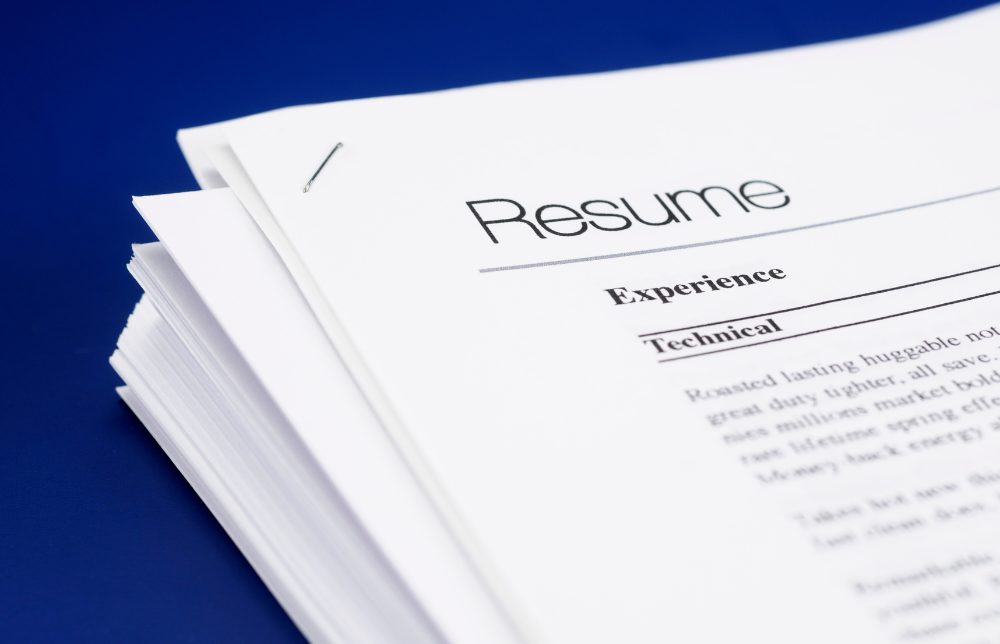Staff retention tips during COVID-19
Retaining key talent has never been more critical. As the business world reels from the global pandemic and an economic downturn seems more likely, retaining your most talented and productive ...

Retaining key talent has never been more critical. As the business world reels from the global pandemic and an economic downturn seems more likely, retaining your most talented and productive staff members will become an even greater priority.
Employee engagement
Underpinning most retention efforts is to ensure your employees are actively connected to the core of your business. This is also known as engagement, sometimes referred to as the emotional bond employees feel towards their employer. Engaged employees are more productive, more loyal and are greater advocates for their employer. Regardless of the economic conditions or uncertainty wrought by COVID-19, employee engagement is critical to business success.
So, how can you ensure your staff are actively engaged in your company? Here are some ideas you can use to encourage your staff to stay with you during these challenging times.
1. Undertake a staff engagement survey
First, it’s important to understand the “lay of the land”. It’s important to obtain some benchmark figures. An engagement survey can indicate not only how engaged your staff currently are, but what needs to be done in order to keep them committed and even boost engagement further. With people now working remotely, it can be difficult to assess how people are faring, simply because you may not be seeing or interacting with them in person daily. Regular surveys can help to ease some of these challenges.
Your employees are in the frontline. They may be able to come up with suggestions or indicate areas that need improving. This could help to foster a sense of trust as they may feel their ideas are being taken into account. Everyone wants their voice to be heard – an engagement survey allows that to occur.
2. Refining company strategies and your ‘North Star’
One of the main drivers of employee engagement comes from company strategies and policies rather than specific characteristics of the staff themselves.
Making your staff aware of these policies and how their role fits in could be a great way to boost engagement as well as retention in the long run. Everyone likes to know how their work contributes to the bigger picture. Hopefully what will not change during a time of great change is your values or mission – this is essentially your ‘North Star’ or reason for being. People need to know why they are doing what they are doing, and why the business exists. Your values and mission can provide the answers to these big questions and reinforce that people are in the right place. This can improve engagement levels as people feel aligned.
3. Communication
Communication is critical during times of uncertainty. To allay fears, to reinforce necessary changes, and to explain next steps, leaders need to ensure their communication skills are sharp. Use a variety of communication channels and modes, including one-on-one (via tools such as Zoom, Skype or Slack), to ensure messages are being understood, and to encourage two-way communication. Remember, in the absence of information it’s human nature to jump to worst-case scenarios, so ensure communication is regular; even if you don’t have new information to share, be upfront and remain present and contactable.
4. Appropriate rewards and recognition
It’s easy to assume “reward” equates to remuneration. While there’s no question remuneration is always important, don’t underestimate the power of a simple “thanks” for a job well done. Feeling appreciated for your work is a key part of engagement. This becomes even more critical when employees are coping without the regular interaction with managers and colleagues that occurs in a physical office environment. Virtual rewards and recognition programs, which embrace peer-to-peer initiatives and elements of gamification to reinforce the right employee behaviours, can help.
5. Professional development and performance management
Providing opportunities to develop the skills and careers of employees is another key contributor to engagement. Even while operating remotely, eLearning can be conducted to ensure professional development continues. Hand-in-hand with professional development is appropriate performance management processes. People want to know their work is hitting the mark by achieving goals or meeting KPIs. They also want to know where they can make improvements by perhaps undertaking further development. So, ensure regular manager/employee check-ins are occurring.
Don’t forget!
High engagement is an outcome of a positive employee experience. Every touchpoint an employee has with their employer, from ‘hire to retire’, should be assessed to ensure it’s having a positive impact on the experience of all employees. Get to know how your employees feel about these touchpoints by asking them to undertake regular surveys.
ELMO Cloud HR & Payroll can help HR professionals manage their workforce, even while operating remotely. As a cloud-based solution, ELMO helps employers manage their teams from anywhere at any time from a secure, centralised location. All employee-employer touchpoints are covered by ELMO’s suite, from ‘hire to retire’. This includes recruitment, onboarding, performance management, payroll, rostering / time & attendance, learning & development, and more. ELMO Survey can also help you collect, manage and analyse data obtained through a wide range of employee surveys. For further information, contact us.
 HR Core
HR Core 









